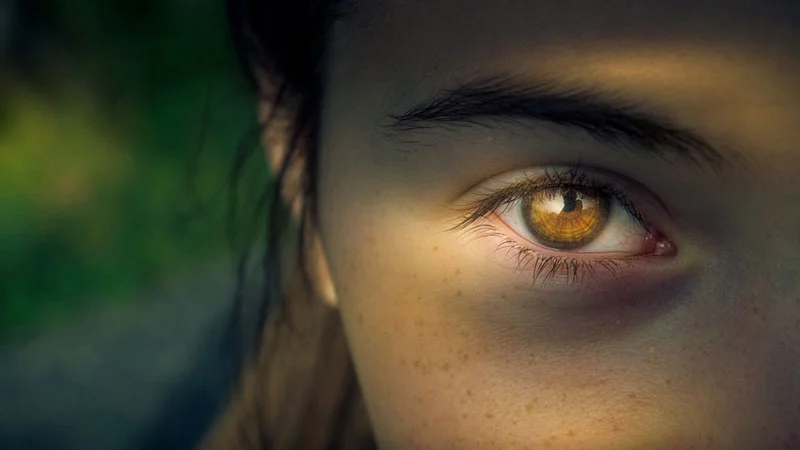Cervicogenic dizziness is a vestibular disorder that causes dizziness and lightheadedness alongside neck pain. Unlike other vestibular conditions, this disorder specifically links dizziness to dysfunction in the cervical spine. Also called cervicogenic vertigo, the term “cervicogenic” comes from the Latin root referring to the cervical spine.
The Role of the Cervical Spine
To understand cervicogenic dizziness, it’s essential to grasp the basics of the cervical spine. The spine consists of four main regions: cervical, thoracic, lumbar, and sacrum. The cervical spine, located just below the skull, is divided into seven smaller sections labeled C1-C7. These small bones, along with surrounding muscles and tendons, play a crucial role in head and neck movement. When dysfunction occurs in this region, it can trigger dizziness and balance issues.
Symptoms of Cervicogenic Dizziness
While neck pain, dizziness, and lightheadedness are the primary symptoms, other issues may also arise. Symptoms vary between individuals, with some experiencing only a few while others struggle with multiple effects.
Common symptoms include:
- Dizziness
- Imbalance
- Disorientation
- Neck pain
- Limited cervical range of motion
- Headaches
Possible Causes
Since this disorder originates in the cervical spine, pinpointing a single cause can be difficult. The cervical region contains small bones, muscles, and tendons, making it challenging to determine which structure is responsible for symptoms. However, several factors can contribute to cervicogenic dizziness, including:
- Degeneration of the spine
- Inflammation
- Joint dysfunction
- Disc lesions
- High muscle tension
- Neck trauma
Treatment Options
Managing cervicogenic dizziness starts with identifying the root cause. However, because the underlying issue isn’t always straightforward, patients often need to try multiple treatments before finding relief. Neck therapy alone may not fully resolve dizziness, so many cases require a combination of neck and vestibular treatments.
Potential treatment options include:
- Manual therapy for neck mobility
- Vestibular rehabilitation
- Eye stability exercises
- Balance training
- Gradual exposure to neck movements and triggering environments
Norcal Brain Center:
Norcal Brain Center specializes in vestibular rehabilitation for individuals experiencing cervicogenic dizziness. Treatment begins with a thorough assessment to determine which part of the vestibular system isn’t functioning properly. Based on these findings, a customized therapy plan may include exercises for eye stability, balance, and gradual desensitization to movements that trigger dizziness.
If you’re ready to start a personalized treatment plan, book a free consultation at NorcalBrain.com.





